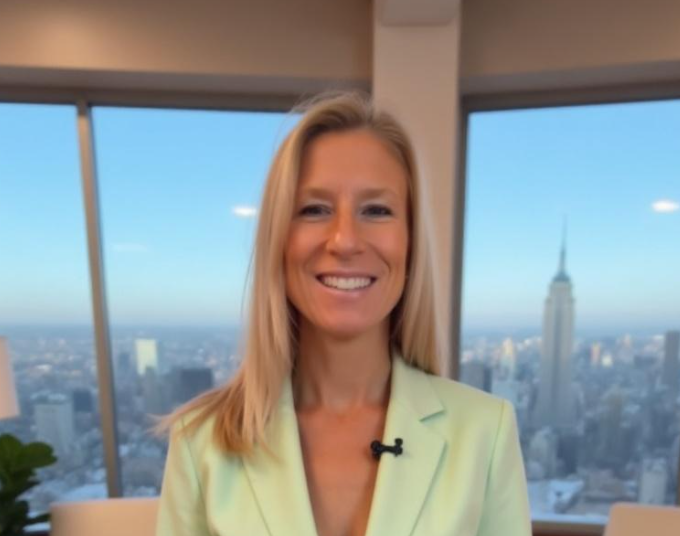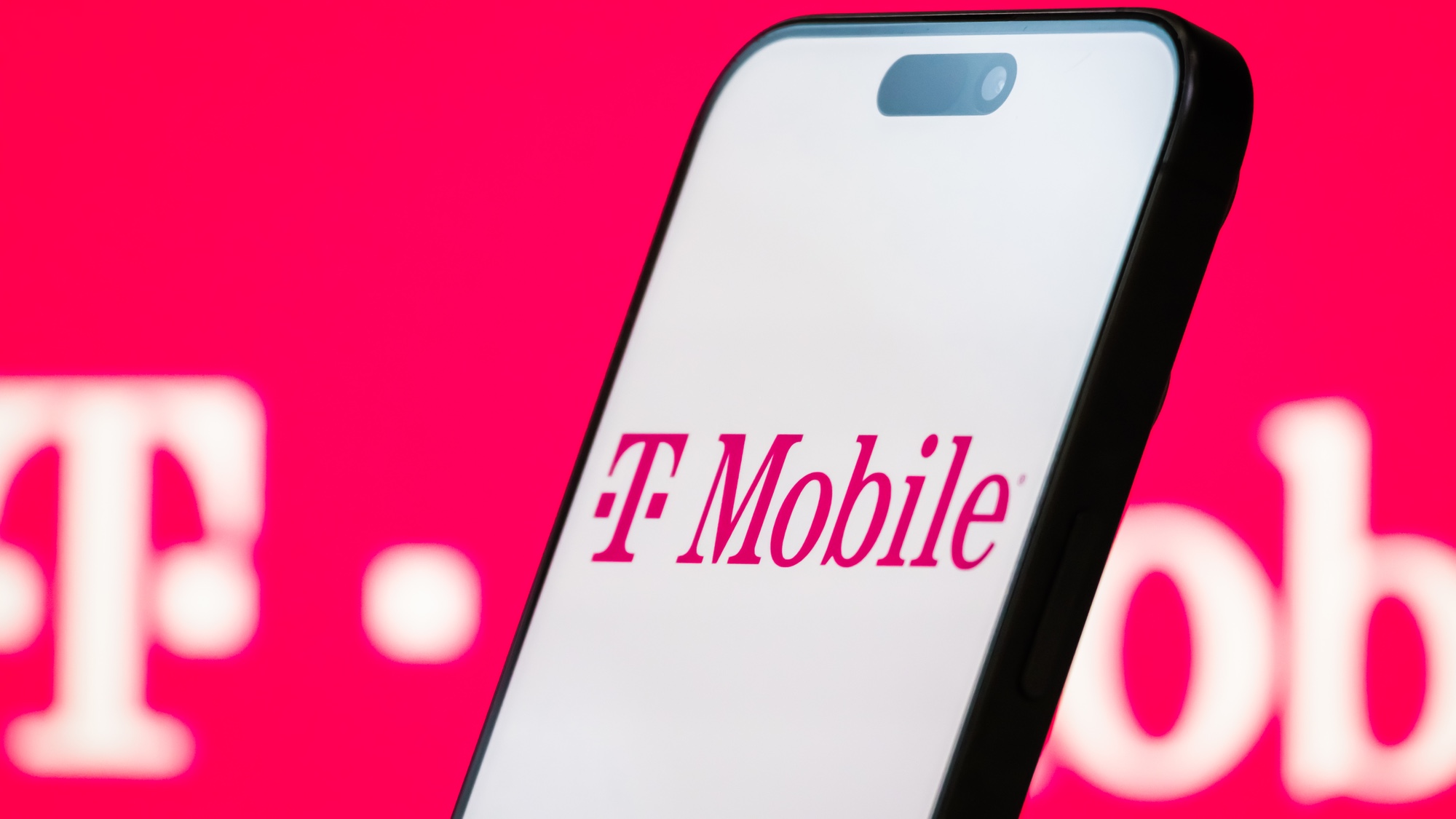Why AI isn’t a threat to creativity — it’s a catalyst
Creatives, AI may have your back more than you think.
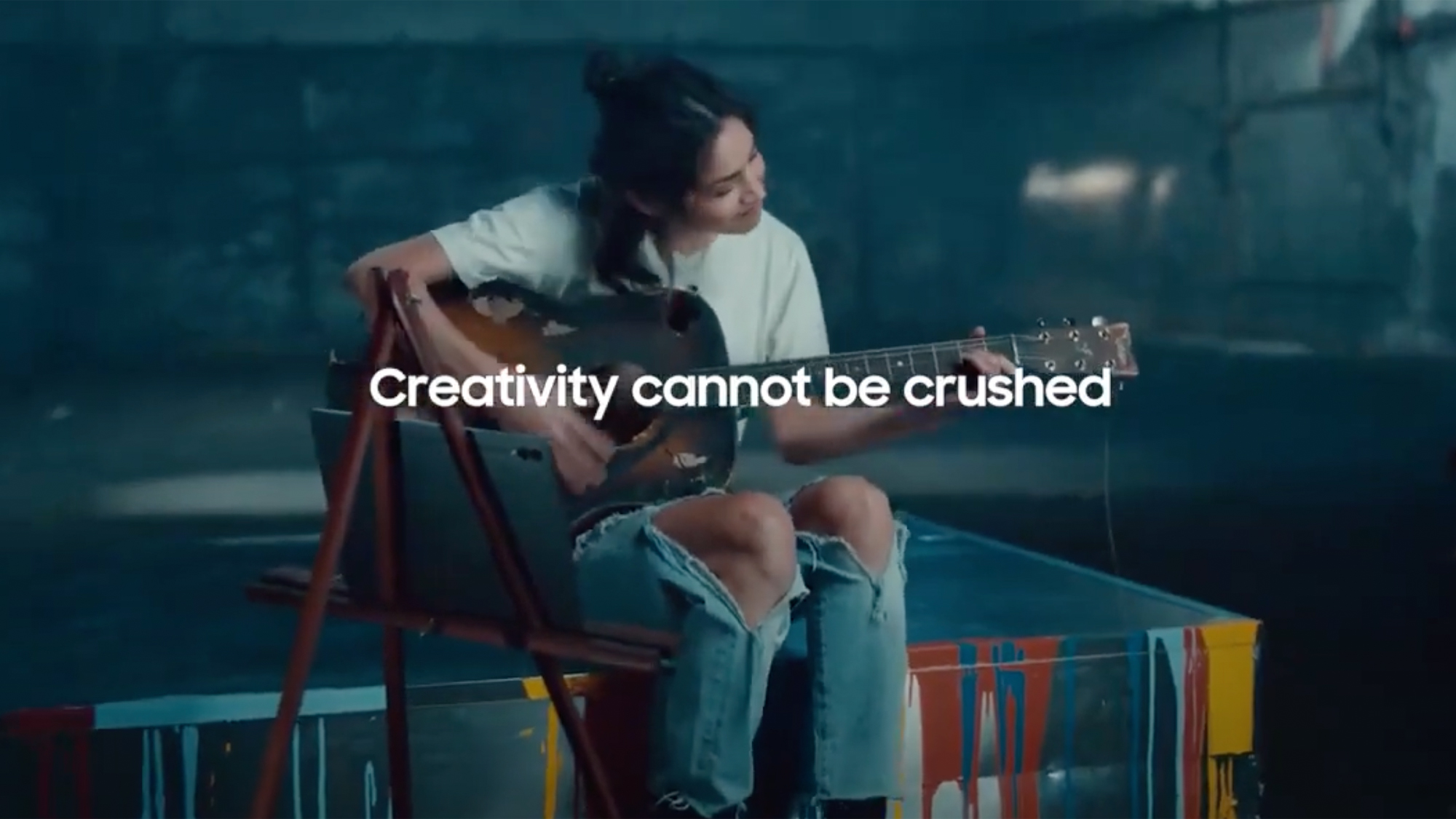
AI is evolving to a point where it is integrating into nearly every industry — from healthcare to Hollywood. For creative fields, though, AI’s impact has stirred intense debate. I see it every time I log on to LinkedIn and read posts from former industry colleagues and friends frustrated by layoffs and unemployment. As someone who spent years in the creative industry, writing for TV, film and global advertisers, I know first-hand how scary the unknown can be. But let’s remember, this isn't the first time we creatives have had to evolve. In fact, I believe, evolving is something we do best.
Human creativity helps us evolve

Years ago, I worked in advertising for a major record label in NYC when the record store on the first floor of the very building I worked in went out of business. Every day I had to pass the empty store to go upstairs and wonder what was happening to the music industry. At that time streaming was making CDs practically obsolete because something called an iPod had just come along to disrupt the industry. But 20 years later, the music industry has survived and thrived, because of human creativity.
Shortly after that, I worked at a global newspaper that had regular newspaper delivery. While I was working in the newsroom, the newspaper made the decision to stop delivering to homes on a daily basis because subscribers were getting their news immediately from the internet. That decision, along with that of so many other major newspapers, resulted in real-time breaking news right from our phones. The news continues to be at our fingertips because of human creativity developing new ways forward.
We could go back even further to the early 1900s when the horse and buggy folks were put out of business by the invention of the car. But were they actually in the “horse and buggy business” or were they in the transportation business? Those who used their imaginations for new ideas are why we have Uber and Lyft today.
To all the creatives out there, I encourage you to rethink what business you are in and how you can evolve with AI. I think you are in the business of creating. Be it art, stories, or something else imaginative, you are a creator in the business of creating.
AI has faults
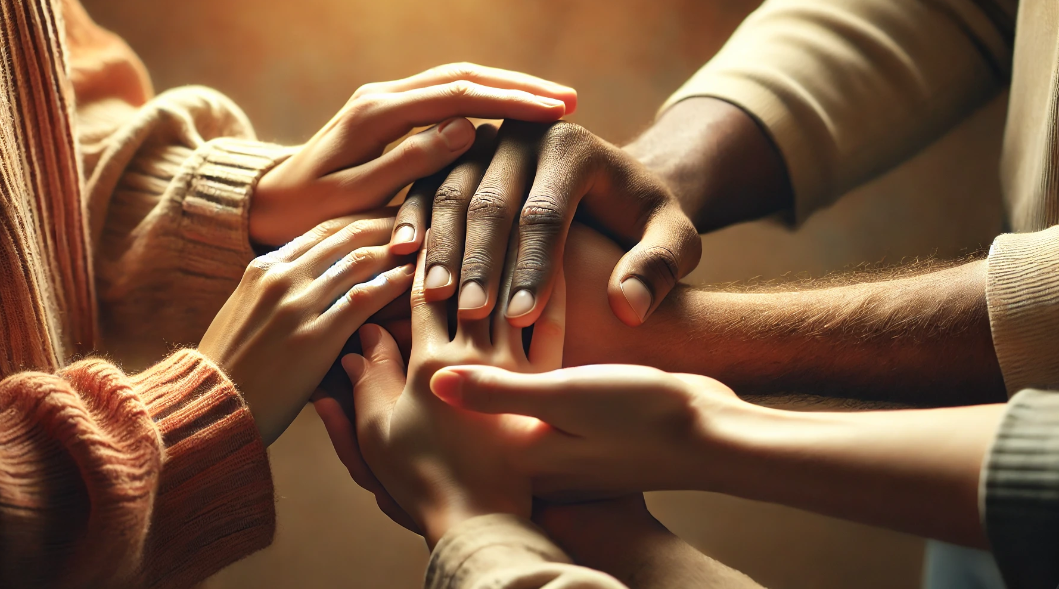
Like humans, AI has faults. If you’ve ever tried one of the best AI image generators, you already know that they don’t always come out as expected, or even usable. Similarly, AI can generate text that simply doesn’t make sense or is far too lofty, dull, or lacks emotion. The relationship between AI and humans isn’t about replacing one another. Instead, it’s about collaborative intelligence, where human intuition and AI’s vast analytical capabilities work together.
While AI can generate and assess ideas at an incredible speed, human judgment is critical in interpreting and refining these concepts. For instance, AI might produce a variety of novel product designs, but it’s the human eye that recognizes which designs resonate, are meaningful or align with cultural contexts.
AI is absolutely redefining creativity, there's no denying that. And, it is here to stay. But it is becoming our partner, not a replacement. When used effectively, AI doesn’t diminish creativity; it can amplify and unlock new levels of imagination and innovation.
AI as a creative partner

One common misconception about AI is that its strength lies solely in automation. While it excels at repetitive tasks, AI’s true potential is as a creative catalyst. Generative AI tools like ChatGPT and Midjourney can produce vast amounts of ideas, visuals and associations. This capability of producing novel combinations enables designers and creators to explore new concepts that may not have otherwise emerged.
In the context of idea generation, AI can help overcome traditional creative barriers. For instance, ChatGPT can generate innovative business ideas by combining random words and concepts, offering fresh perspectives that push creative boundaries for influencers. This ability to connect remote ideas fosters divergent thinking, helping to move past common solutions and delve into less obvious, unique outcomes.
AI can be used as a writing partner for brainstorming, for overcoming writer’s block, and even suggesting new ideas that help to expand creativity in new ways. I once used it when I needed a name for a French café in one of my stories. I don’t speak French, but Gemini helped me out.
Expanding possibilities
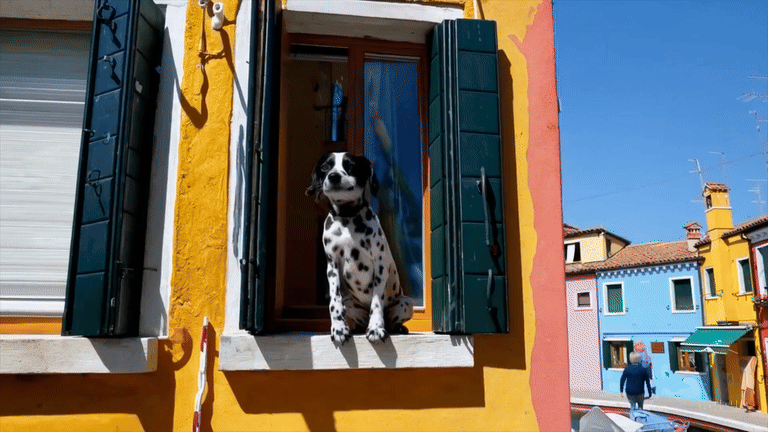
AI’s strengths go much further than brainstorming new ideas; it can also help overcome human limitations like expertise bias, which can stifle innovation. I admit that as a creative, sometimes I become fixated on conventional designs or methods I’ve used before, which ultimately limits the potential of any outcome. AI offers a fresh perspective by generating ideas unconstrained by traditional boundaries, encouraging a level of open-minded exploration that even seasoned creatives find beneficial.
In this way, AI helps democratize creativity. People who may lack formal training or visual skills can now express ideas through tools that remove traditional barriers, making creative industries more accessible and inclusive. This shift enables more people to contribute ideas and innovations, regardless of background or technical expertise.
Architects, for instance, can use AI to combine global design trends with sustainability elements, creating structures that are both functional and visually compelling. Similarly, fashion designers employ AI to blend historical styles with modern trends, resulting in garments that push the boundaries of traditional fashion.
Final thoughts
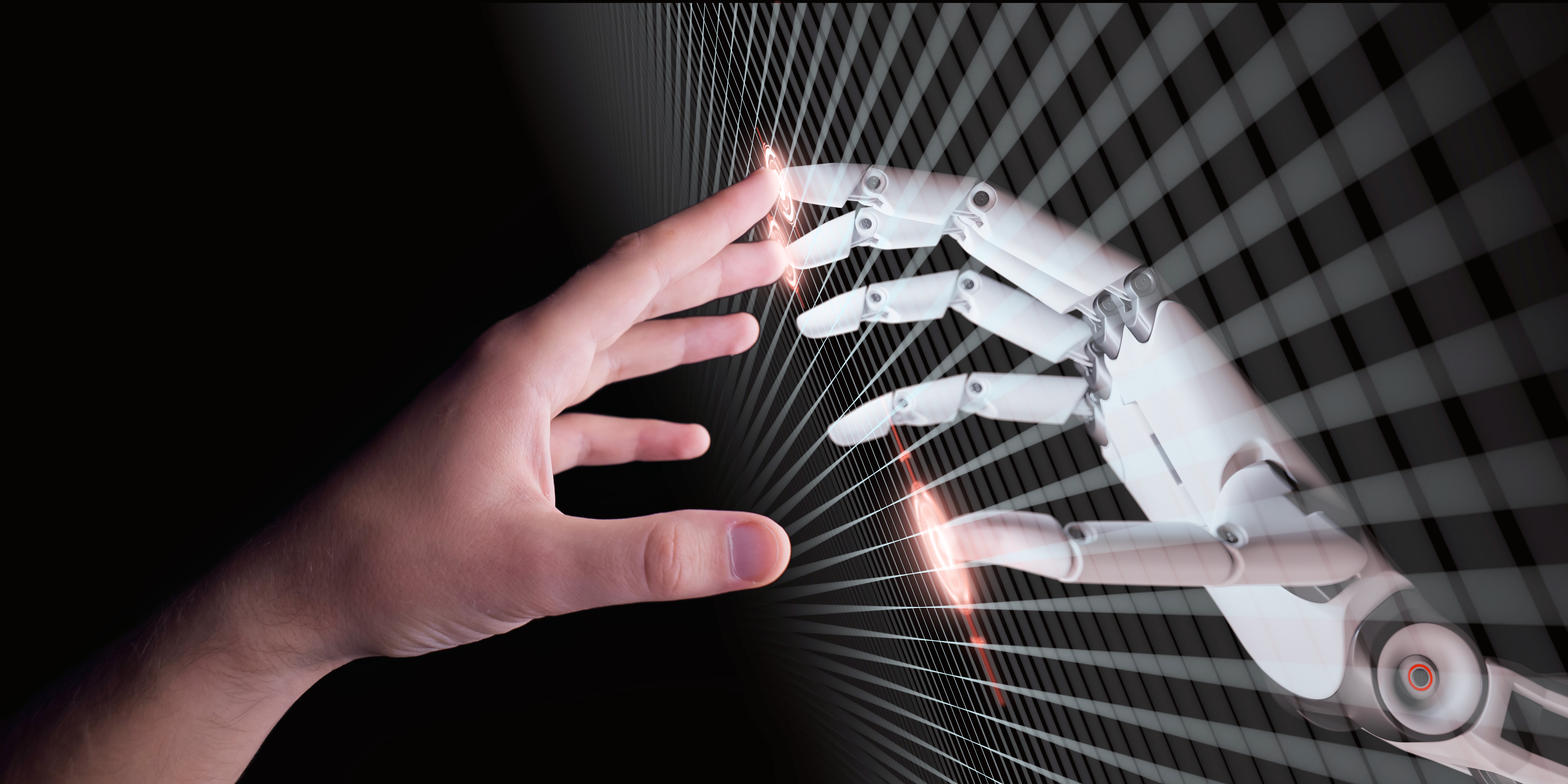
Creativity, at its core, is about making unique connections and tapping into emotional depth — qualities that are fundamentally human. While AI can assist in these processes, it still requires human guidance to create meaningful work. In a world where AI can handle repetitive tasks and generate quick ideas, creatives can focus more on higher-level ideation, emotional resonance, and impactful storytelling.
In the end, AI’s role in creativity isn’t about taking over; it’s about expanding what’s possible. As long as creators like you and me continue to develop our skills and collaborate with AI, the future of creativity will be brighter, more inclusive and endlessly innovative. The best creative work will come not from machines alone, but from the powerful synergy between human imagination and generative AI.
More from Tom's Guide
- I just tested Google vs ChatGPT search — and I’m shocked by the results
- Claude AI expands with desktop apps — here’s what's new
- ChatGPT search is live — here’s how to try it now
Sign up to get the BEST of Tom's Guide direct to your inbox.
Get instant access to breaking news, the hottest reviews, great deals and helpful tips.
